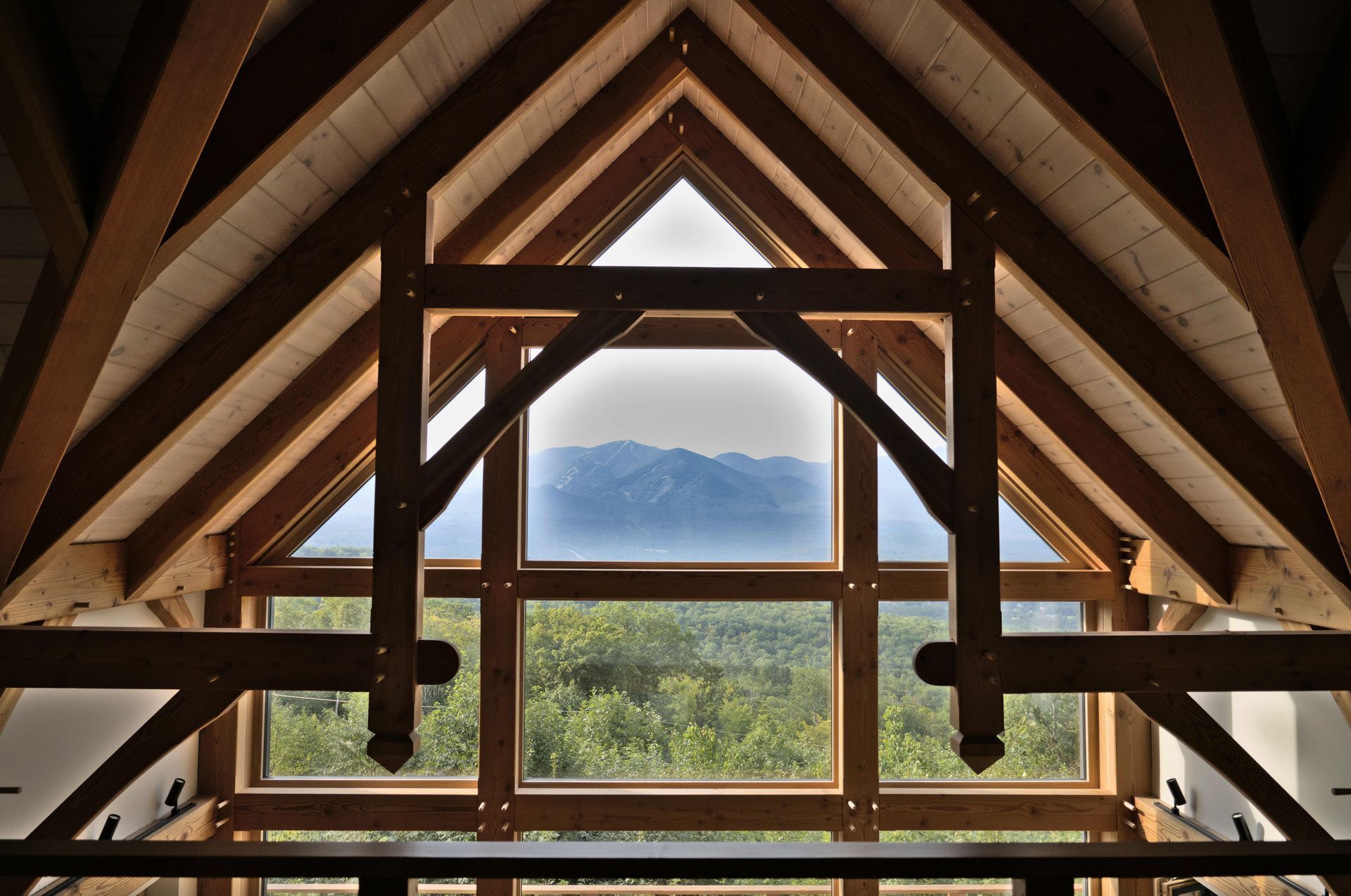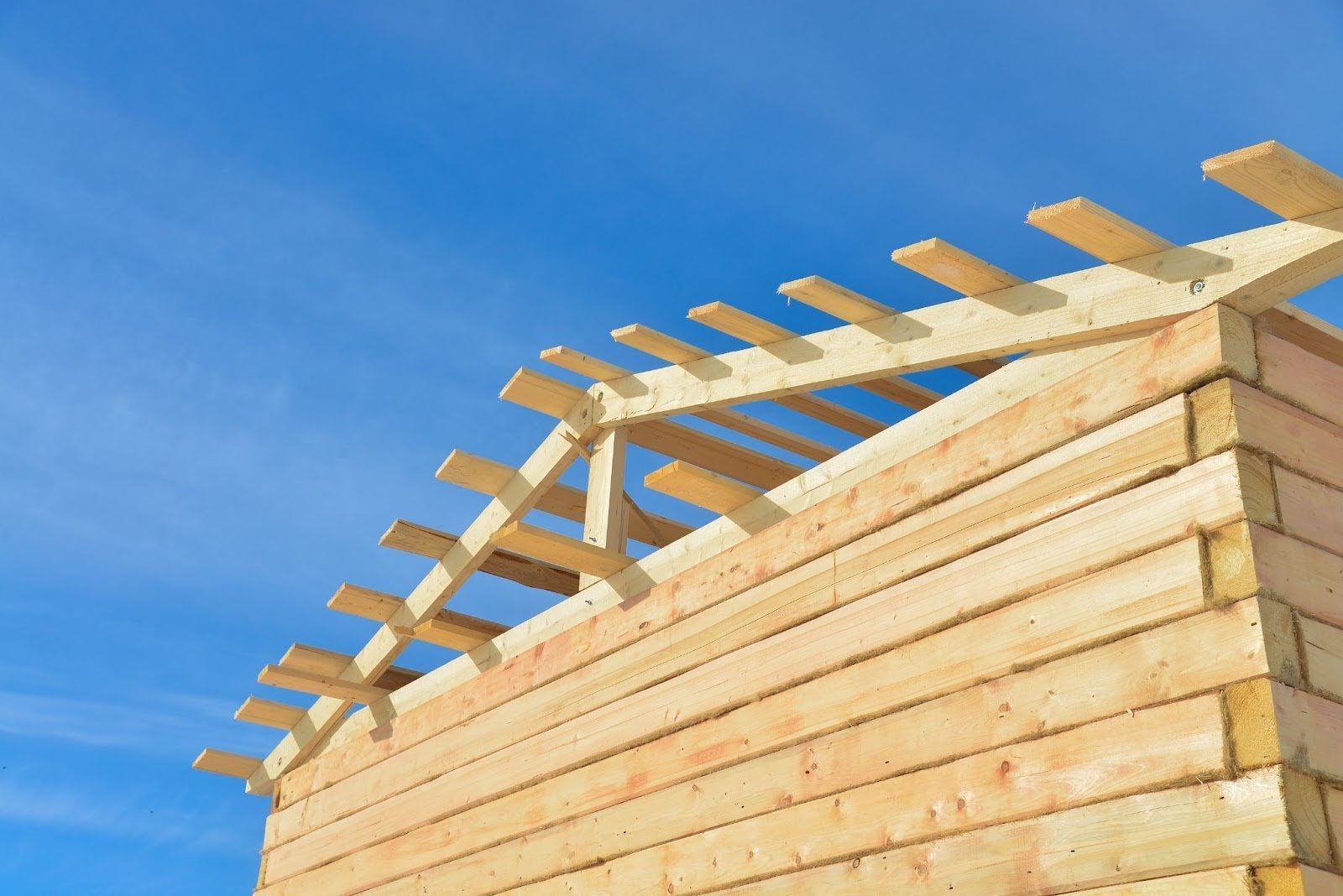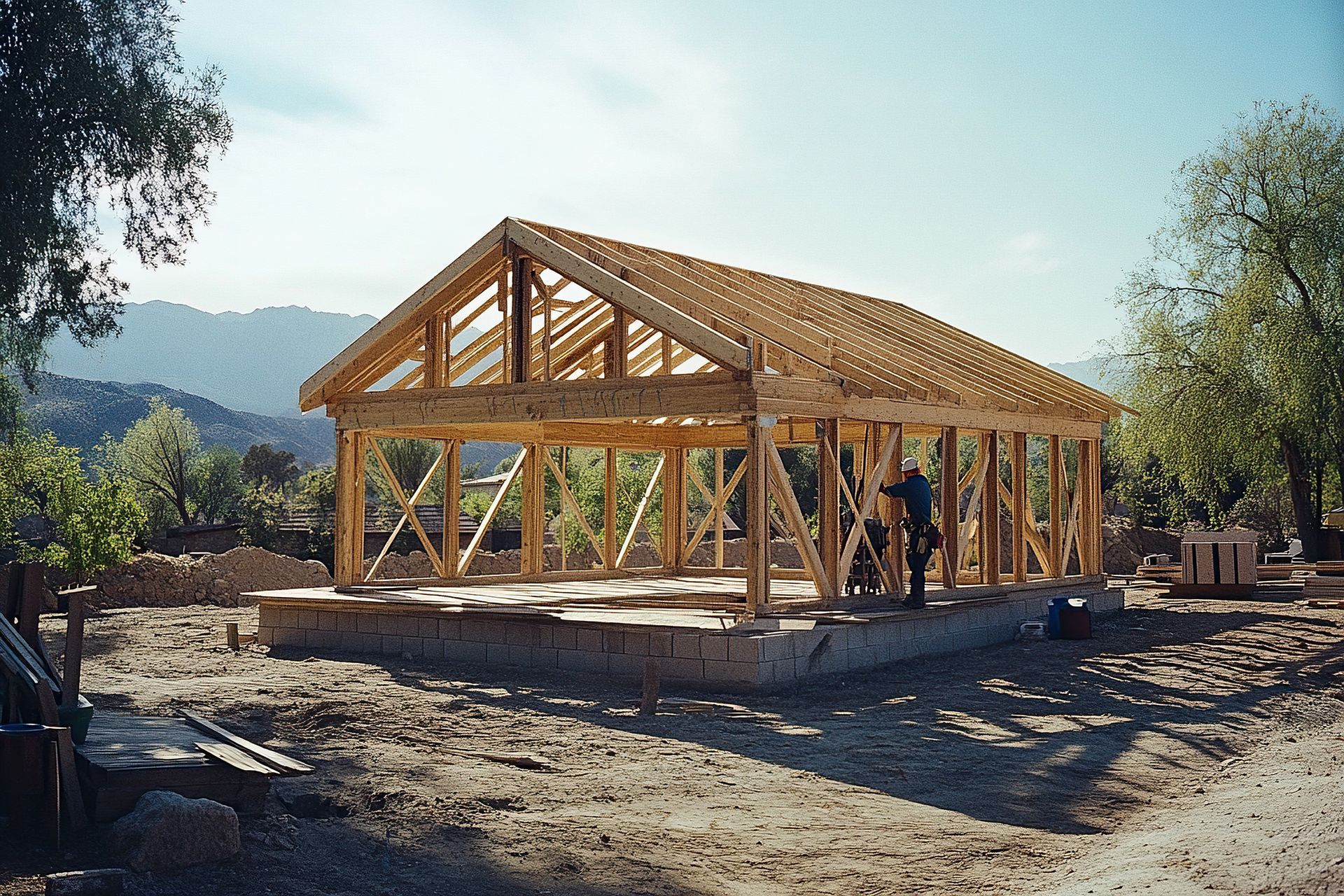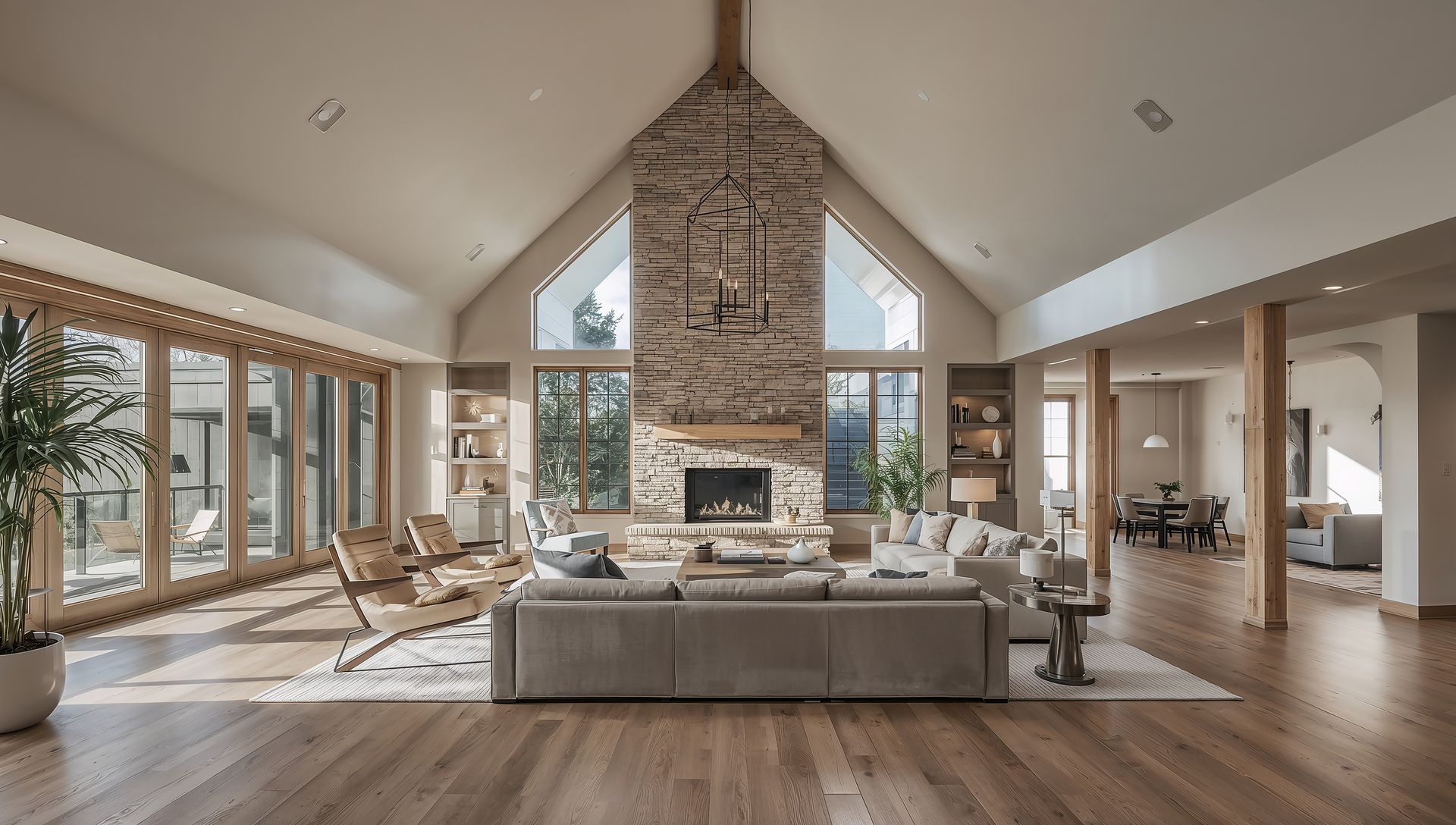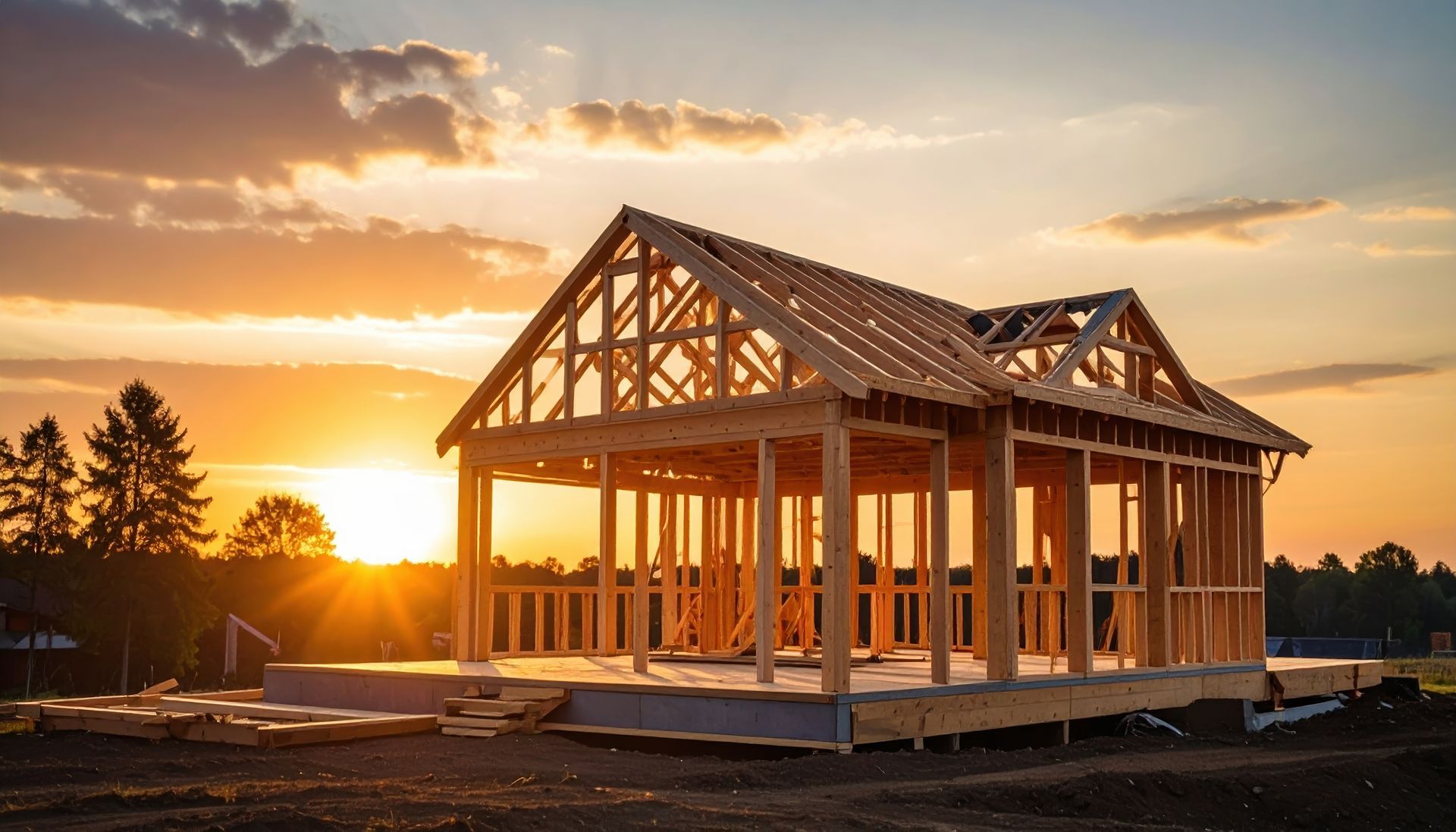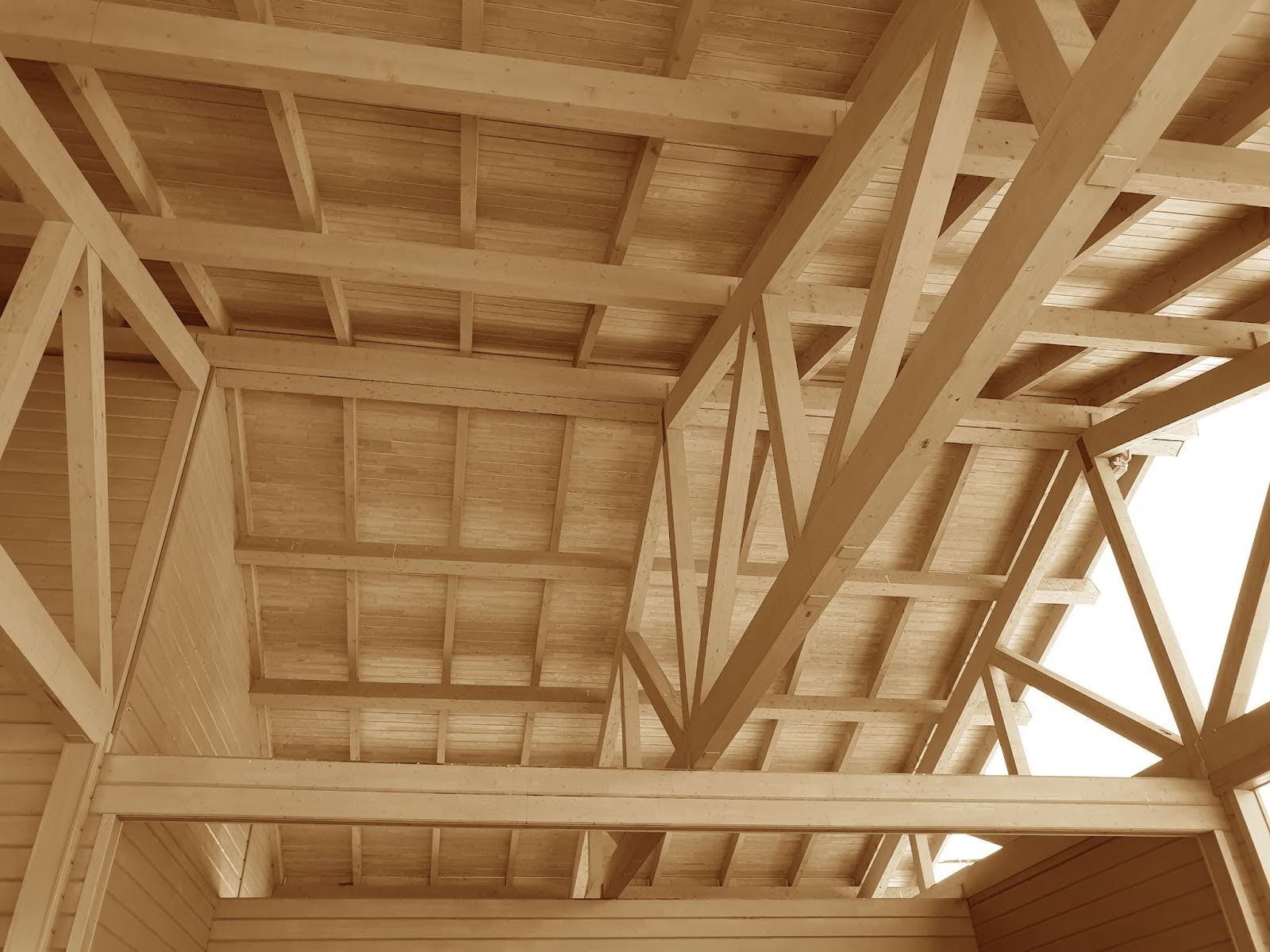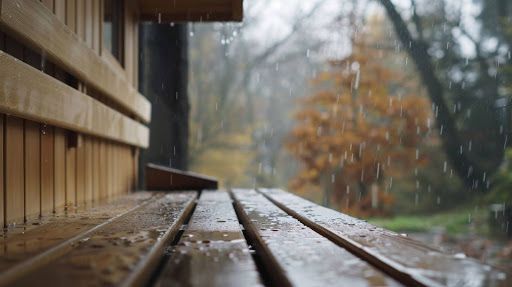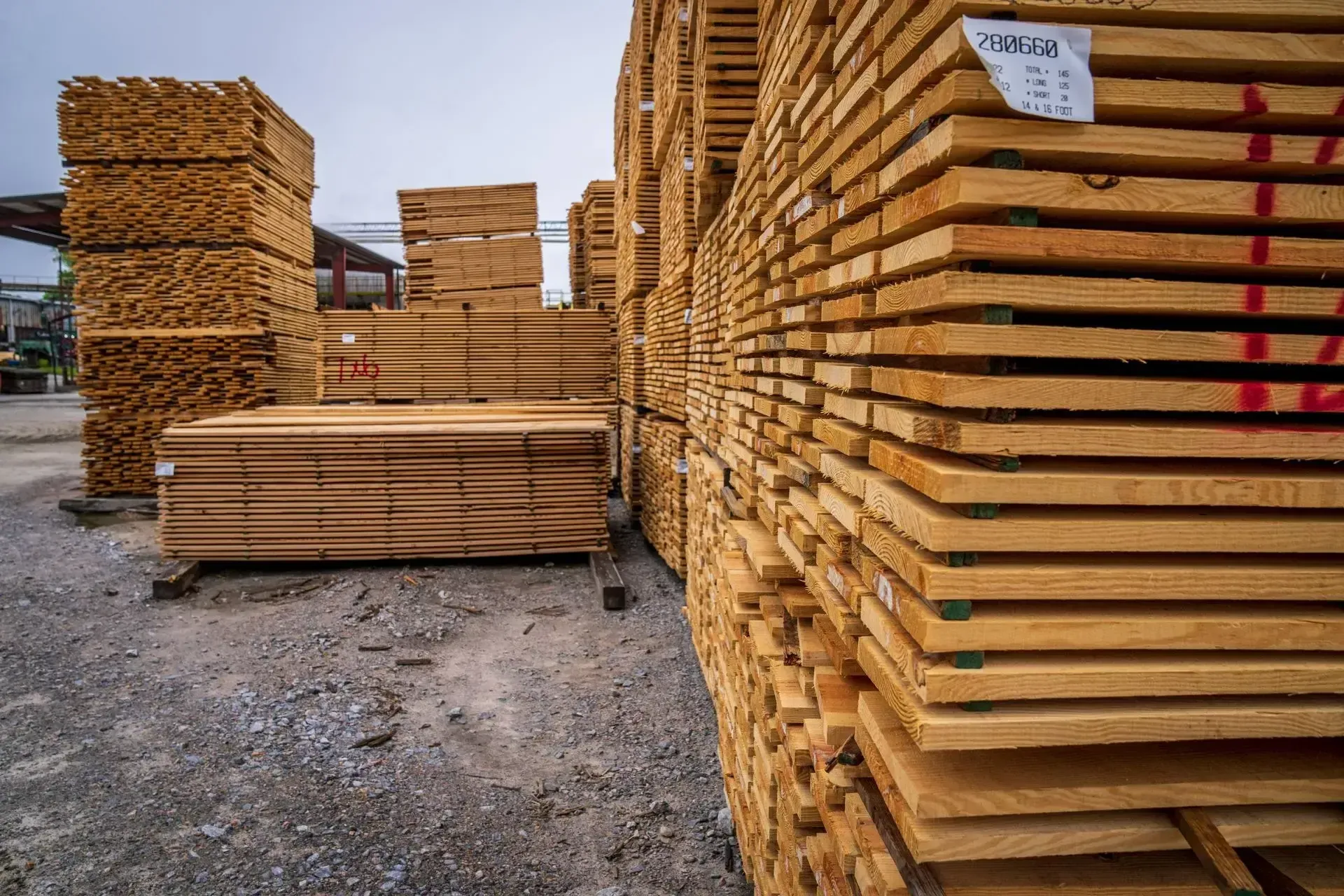Crafting Custom Trusses: A Comprehensive Guide from Design to Installation
Trusses form the backbone of many architectural structures. Crafting custom trusses is a process that requires attention to detail, precision, and a strong understanding of engineering principles and creativity. This comprehensive guide offers insight into crafting custom trusses, from the conceptual design phase to the final installation, emphasizing the client's unique needs, engineering protocols to meet rigorous standards, and the fusion of workmanship with advanced technology.
The Importance of Tailored Design in Truss Manufacturing
Custom trusses begin with a design concept that is closely aligned with client specifications. Architects and designers work together to translate the vision and functional requirements of a structure into a preliminary truss design. During this initial phase, several factors such as aesthetic preferences, load requirements, span lengths, and the type of material to be used are taken into account.
A collaborative approach is necessary to incorporate specific design elements that clients wish to see in their finished structure. This could range from sleek, modern lines to the more traditional, intricate patterns often seen in exposed trusses. The objective is to create a design that not only meets the client's aesthetic desires but also works within the parameters of their project's structural requirements.
Ensuring Structural Integrity Through Engineering Excellence
Once the initial design sketches have been approved, the bespoke nature of custom trusses requires engineers to step in. The engineering phase is critical, as it guarantees that the trusses will be safe, stable, and compliant with building codes. Utilizing sophisticated software, the engineers perform rigorous analyses to ensure that each truss can withstand the forces it will encounter, such as weight loads, wind uplift, and seismic activity.
Calculations at this stage determine the size, spacing, and the type of connections required to create strong and reliable trusses. The outcome of this process is a set of engineered drawings that detail every component of the truss system, which serves as the blueprint for the manufacturing phase.
Selecting Materials for Durability and Performance
Selecting the right materials is pivotal in the creation of custom trusses. Typically constructed from wood or steel, choice of materials affects not only the durability and performance of the trusses but also their aesthetic appeal and cost. The species of wood, the grade of steel, and even the choice of fasteners are selected based on their ability to perform in specific environmental conditions and to meet the demands of the design.
Sustainability can also play a role in material selection, with more clients seeking eco-friendly options. Wood from responsibly managed forests and recycled steel are examples of how truss manufacturers can cater to the green building market while still providing products that are robust and fit for purpose.
The Craftsmanship Behind Truss Fabrication
Crafting custom trusses is an intricate balance of traditional workmanship and modern technology. Skilled craftspeople bring the detailed engineering plans to life, fabricating each component with precision. The use of state-of-the-art machinery, such as CNC (Computer Numerical Control) cutters and laser-guided assembly systems, allows for the high level of accuracy required in custom truss construction.
Throughout the fabrication process, quality control is paramount. Each stage of the construction is subject to stringent standards, ensuring that the final product is not only aesthetically pleasing but also structurally sound. The attention to detail that goes into crafting each truss results in a product that supports the integrity of the entire building structure.
Preparing Trusses for Safe and Efficient Installation
Once the trusses are fabricated, the focus shifts to preparing them for delivery and installation. Proper handling and storage are necessary to protect the trusses from damage before they arrive on site. Manufacturers often bundle trusses and provide detailed installation plans, which include the sequence of installation and any special instructions regarding the handling of the custom elements.
The installation of custom trusses is typically conducted by a team of professionals. With the aid of cranes and other lifting equipment, the trusses are carefully placed and secured according to the engineered specifications. The precision with which they are installed directly impacts the overall structural performance, making it critical for the installation team to follow the provided guidelines closely.
Inspection and Approval
After installation, a thorough inspection is conducted to ensure that the trusses have been installed correctly and perform as designed. Inspectors examine all aspects of the truss system, verifying that there are no deviations from the engineering plans and that all connections are secure. Completion of the inspection marks the final step in the process of crafting custom trusses. Once approved, the trusses become an integral part of the structure, providing support for years to come.
Crafting custom trusses is a multifaceted process that transforms raw materials into essential structural components tailored to each client's unique needs. From the initial design conceived to address both form and function, through the meticulous engineering and careful choice of materials, to the skilled fabrication and precise installation, each phase is critical. The result is a custom truss system that not only bears the load of the structure with integrity but also contributes to the aesthetic and functional objectives of the overall design. The dedication to quality at every step ensures that these structural elements are built to last, making the complex process of creating custom trusses a testament to the blend of engineering and artistry.
Embark on your journey from sketch to structure with Ramona Lumber Co.'s custom truss solutions. Our blend of expertise and technology ensures your project not only meets but exceeds expectations.
Contact us today! let's build something extraordinary together.
